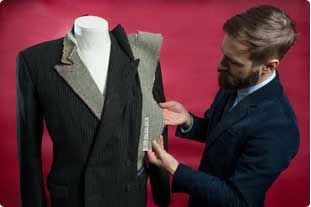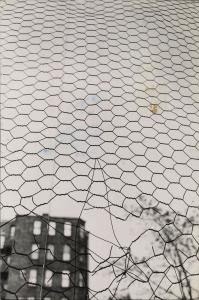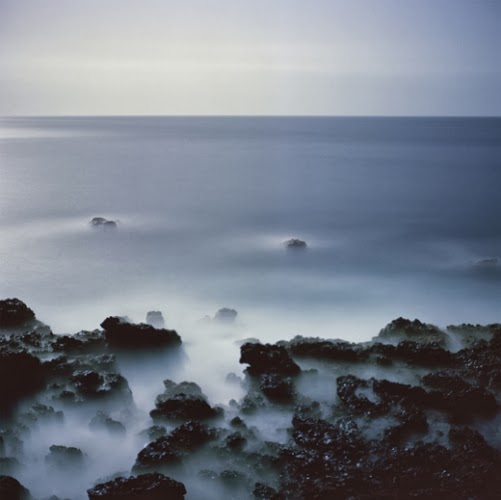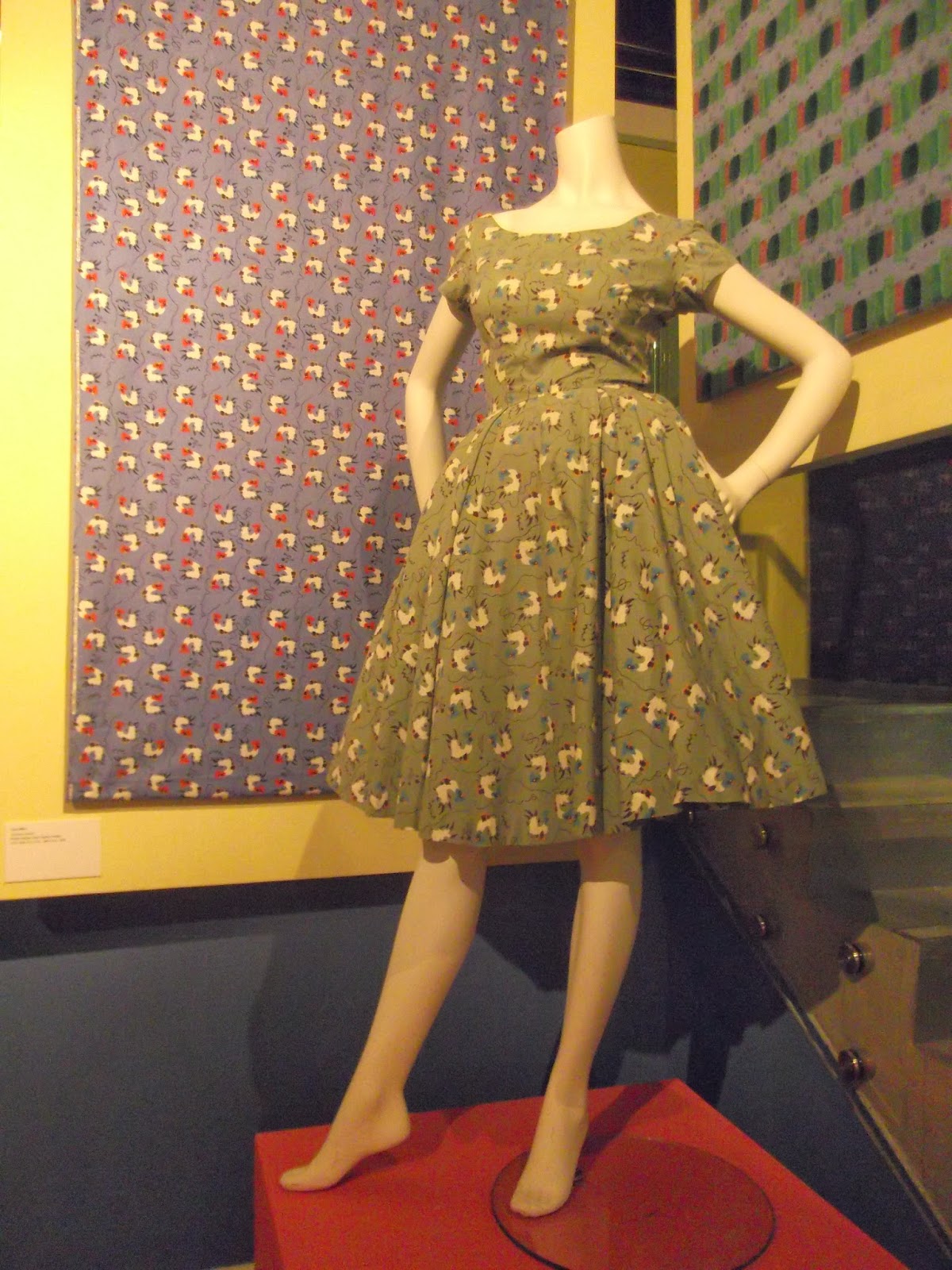Frozen Thames

Small display featuring two paintings of the Frost Fair of 1684 at the Museum of London. I seem to be going to quite a few exhibitions at the moment which look at the River Thames and as I travel to work by the Thames Clipper each morning I find them fascinating. One of the pictures looked towards Southwark and showed great blocks of ice in the river and showed how river men who were deprived of their income rowing people across the river tried to make an alternative living by controlling the routes down and looking for payment for showing people across safely. The other gave a better overview of the fair in a flatter area near Temple with rows of stalls, people playing o the ice and a big crowds watch cannon’s being fired. I just knew I’d have gone along to see the fun!






















